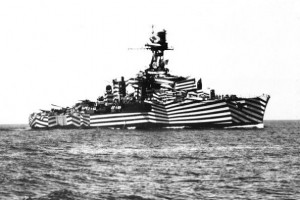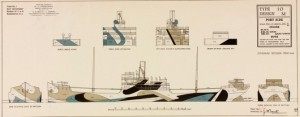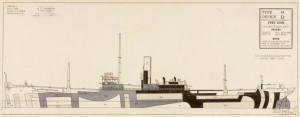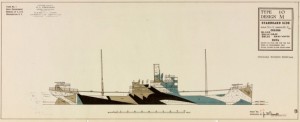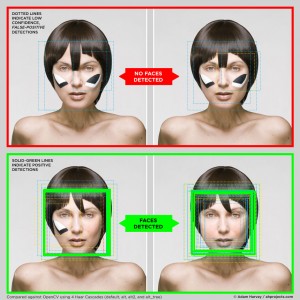Some really interesting ephemeral innovations can happen at the interstices between technological eras. This is particularly the case in military history, especially for the often brief period before both sides adopt the new technology (such as with gunpowder, iron cannons, breech-loading guns, rifled barrels, tracked vehicles i.e. tanks, jets, etc.).
In the period before advanced remote sensing technologies such as radar and aerial surveillance, nautical warfare had to rely on more rudimentary means for identifying enemy ships, and especially their range, speed, and bearing. Think Horatio Hornblower and his brass telescope…
For a brief period beginning in WWI and ending at various points during and after WWII (where radar and aerial surveillance made visual camouflage increasingly obsolete), we had “dazzle camouflage”. As you’ll read, its purpose was not out-and-out concealment or disguise, but rather confusion (again, with the goal of confounding identification of type of vessel, range, speed, and bearing).
Whether or how well it worked is unknown, but we can expect that the more identification relied on purely visual means, it’s effectiveness would have been at least marginal, and likely even more so in the case of submarines where rangefinding would have been especially reliant on what you could do through a periscope.
It is perhaps unsurprising that the technique was developed by an artist; the intersection of massive military machines and what resembles “decoration” (the attractiveness of which being particularly debatable in many cases) is quite stunning.
A wonderful collection of images can be found here.
Perhaps we find ourselves (briefly, if at all) at another of these interstices–with similar techniques applied to human faces and meant to confound automated facial recognition systems.

